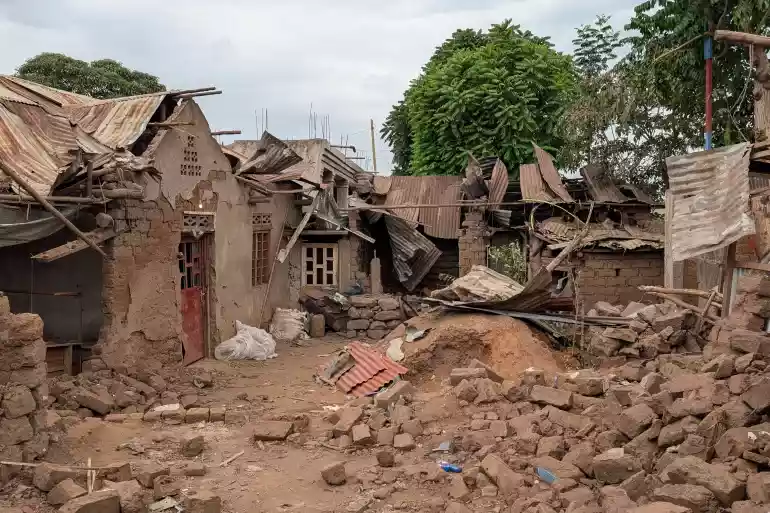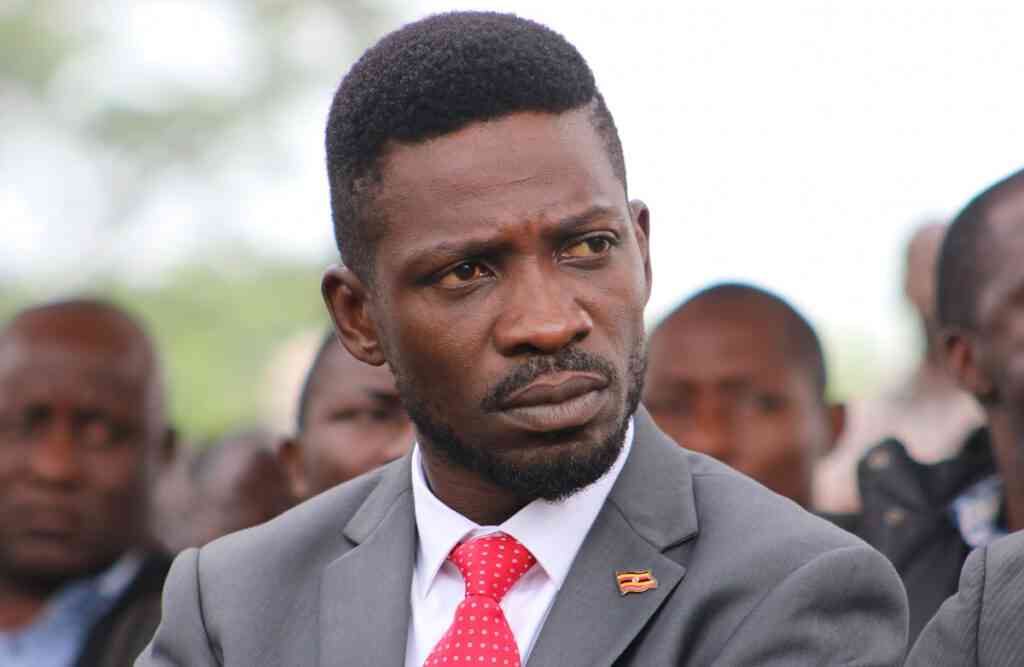
China’s Xinjiang Province, home to predominantly Muslim ethnic groups, will come under a new set of regulations on February 1, whose translation was published by “Bitter Winter” on January 8, significantly restricting religious expression. This move tightens government control over religious practices and is part of a wider campaign to control religion in the region. Notably, all new places of worship must now adhere to “Chinese characteristics and style,” potentially altering the architectural and cultural identity of religious sites. This legislation coincides with ongoing efforts to regulate religious gatherings and online content, raising concerns about the erosion of religious freedom in Xinjiang.
Human Rights Watch raised concerns about these regulations. The revisions aim to “Sinicize” religion in the region, aligning with President Xi Jinping’s policy since 2016 to bring religious practices and places of worship in line with Han Chinese culture and Communist Party ideology. These new regulations seem to be an extension of national restrictions on religion implemented since 2014, further tightening control over the Uyghurs’ religious freedoms.
The Chinese government has been accused of widespread human rights abuses against Uyghurs and other Turkic Muslims in Xinjiang since 2017. These include mass detentions without trial, torture, disappearances, constant surveillance, religious and cultural persecution, family separations, forced labour, sexual violence, and forced sterilizations. Human Rights Watch and the UN have both concluded that these actions constitute “crimes against humanity.” While some re-education camps seem to have closed, hundreds of thousands remain imprisoned, and Uyghurs abroad struggle to contact their families. Despite international condemnation, China’s policies aimed at assimilating Uyghurs through force appear to be going through fresh rounds of intensification.
Human Rights Watch condemned these developments as an attempt to suppress Uyghur culture and force religious practices to align with Communist Party ideology. Non-compliance risks imprisonment, raising concerns about the future of religious freedom in the region.
In 2014, the authorities revised religious regulations, expanding control over Uyghurs’ online religious activities and restricting clothing deemed “extremist.” It was accompanied by the launch of the “Strike Hard Campaign against Violent Terrorism,” which intensified in 2017 and resulted in horrific human rights abuses. The campaign criminalized everyday expressions of faith, punishing people for possessing digital Quran recordings or simply having a beard, effectively targeting Uyghurs based on their religious identity and cultural practices.
The new 2024 regulations in China impose significant restrictions on all religious practices and places of worship. They mandate that religions align with “core values of socialism” and embrace the government’s initiative to “Sinicize” religions, essentially making them conform to Chinese culture and Communist Party ideology (article 5). Even the architecture of religious buildings is tightly controlled, demanding they reflect “Chinese characteristics and style” (article 26). Building, expanding, or altering any place of worship now requires navigating a more complex and stricter approval process with additional conditions for even applying (articles 20, 22, and 25).
A Buddhist temple and a Chinese-developed industrial area in Xinjiang. AI-generated elaboration of a Chinese poster.
A Buddhist temple and a Chinese-developed industrial area in Xinjiang. AI-generated elaboration of a Chinese poster.
- Councils defy govt fire tender directive
- Bulls to charge into Zimbabwe gold stocks
- Over 115 to exhibit at Mine Entra
- Bullets shoot down Chiefs
Keep Reading
While controlling the external aspects of religious spaces like size and location is important under “Sinicization,” Human Rights Watch warns that the policy goes deeper. It compels places of worship to scrutinize their own teachings and doctrines, searching for aspects that align with “social harmony” and goals of “contemporary China’s development.” This analysis must be conducted through the lens of “excellent traditional Chinese culture,” essentially forcing religious beliefs to conform to the Communist Party’s ideology. In effect, religious venues under “Sinicization” become tools for promoting the Party’s values to the public.
The new regulations effectively place religious practice under direct government supervision. A new dedicated chapter grants authorities control over what and how religion is taught. Only government-approved groups can provide religious education (article 13). Even religious schools must adhere to “Chinese characteristics,” which means raising “patriotic religious talents” and interpreting scriptures according to government guidelines (articles 14 & 15). Further restrictions limit religious establishments, requiring them to report and obtain permission for both religious training (article 18) and large gatherings (article 42). This effectively centralizes and regulates religious education under government supervision.
The new laws reach beyond mosque control, tightening its grip on the religion through the China Islamic Association. This government-sanctioned body now holds exclusive authority over organizing the Hajj pilgrimage, excluding non-member mosques and individuals. Religious leaders are tasked with promoting “patriotism” and schools must incorporate Chinese values like praising socialism and using Mandarin. Critics see this as an attempt to legitimize actions in Xinjiang, particularly towards the Uyghur minority, by presenting them as efforts to integrate Islam with Chinese identity.
The new rules also allow local Communist Party representatives or cadres in villages and neighborhoods to monitor society, particularly for religious activities deemed illegal. This includes reporting “illegal religious organizations, preachers, activities,” or any religious influence on local affairs. Critics see this as increased repression, especially in regions like Xinjiang and Tibet, and point to its similarity with President Xi Jinping’s “mass mobilization” approach to governance and control. This approach, often described by Chinese media as inspired by Mao Zedong’s Fengqiao experience, empowers lower-level authorities to actively monitor and report on potential issues.
The Chinese government’s actions in Xinjiang, including mass detention, cultural suppression, and forced labour, have been widely condemned by international rights groups and Western governments, with some even accusing them of constituting genocide. A 2022 UN report found “serious human rights violations” that might amount to crimes against humanity. While China denies any wrongdoing, claiming its policies aim to combat extremism and terrorism, local activists fear lasting harm. As new restrictive laws come into effect, Bekzat Maksutkhan, an activist representing ethnic Kazakhs impacted by the crackdown, worries this marks the official legalization of previous repressive actions and further erosion of religious rights in the region.
China’s communist government, officially atheist since its founding in 1949, has a history of controlling religion. While past laws aimed to govern religious practices, particularly in Xinjiang, new legislation represents a major shift. Experts see this not just as a demand for control, but as a push for religions to adhere to specific “Chinese characteristics and style” in architecture, customs, and even personal aspects like clothing and ceremonies. For Muslims, these regulations dictate that religion shouldn’t influence cultural practices and require newly built or renovated religious sites to adopt a distinctly Chinese aesthetic.
The Chinese government exerts increasing pressure on religions they perceive as foreign, especially Islam and Christianity. While officially allowing worship in approved churches, authorities have demolished unregistered ones and removed religious symbols. Buddhism, particularly the majority Han branch, faces less scrutiny, but Tibet’s Buddhist traditions are harshly suppressed. The government aims to weaken support for the Dalai Lama and assimilate Tibetans through forced assimilation campaigns and the destruction of religious sites. This “Sinicization” approach aims to sever ties between these religions and their global communities, making them subservient to the Communist Party and devoid of political influence. This strategy mirrors the treatment of Islam in Xinjiang, where authorities strive to control religious expression and promote a state-approved version of Islam.
There has been some criticism of China’s highhandedness from outside, to no avail. For years, concerns have been raised about Chinese authorities altering or demolishing mosques in Xinjiang. A 2020 report documented widespread changes, with two-thirds of mosques impacted since 2017, coinciding with a broader crackdown. Now, a 2023 report reveals this campaign has expanded beyond Xinjiang, targeting other regions under a policy called “consolidation.” This involves removing traditional Islamic features like domes and minarets, replacing them with Chinese designs to achieve a more unified aesthetic. While Beijing rarely comments, state media has even praised such alterations as preserving heritage, raising questions about the true motives behind this policy.
In conclusion, China’s 2024 religious regulations in Xinjiang signal an alarming intensification of Uyghur repression. The legislation, aligning with President Xi Jinping’s Sinicization policy, imposes unprecedented control over religious practices, extending beyond mosques to influence education, large gatherings, and even the architecture of places of worship. The Sinicization agenda, forcibly assimilating Uyghurs into Han Chinese culture, erodes religious freedom and imposes Communist Party ideology. International condemnation and accusations of crimes against humanity seem ineffectual as China’s authoritarian measures expand beyond Xinjiang, threatening not only Uyghur culture but also the global communities of various religions. The regulations starkly underscore China’s unyielding commitment to subjugate religious identity under state control.











